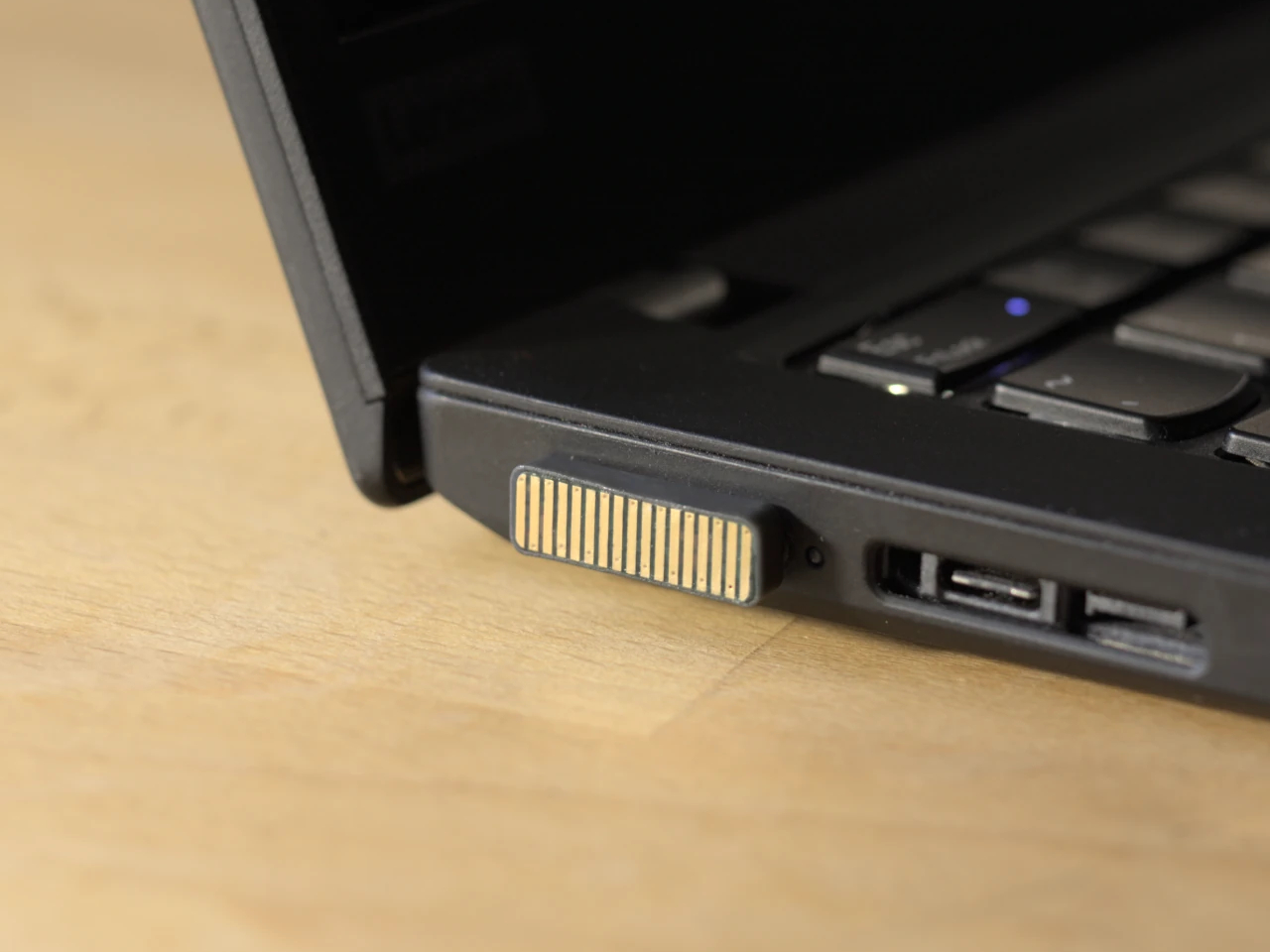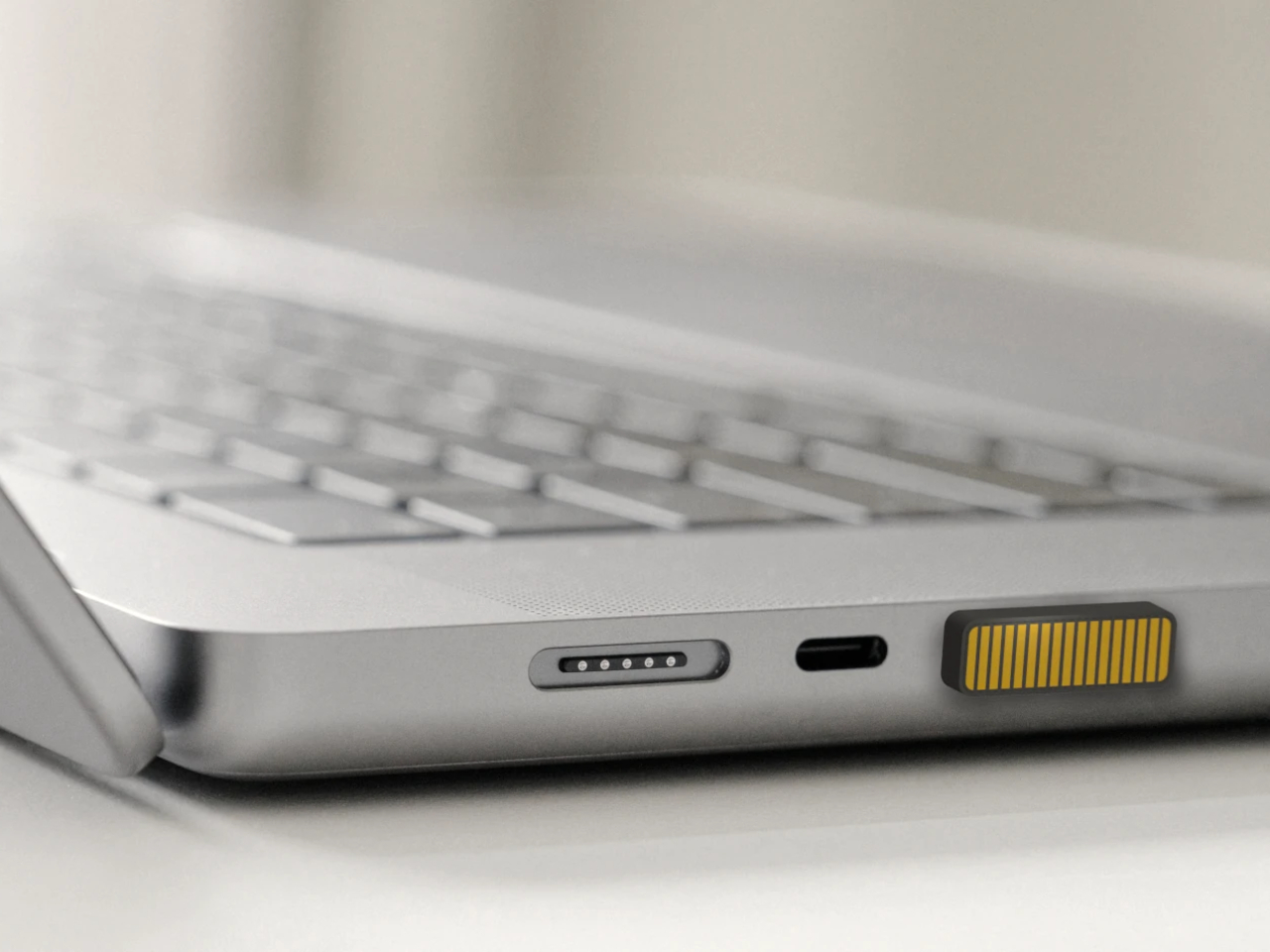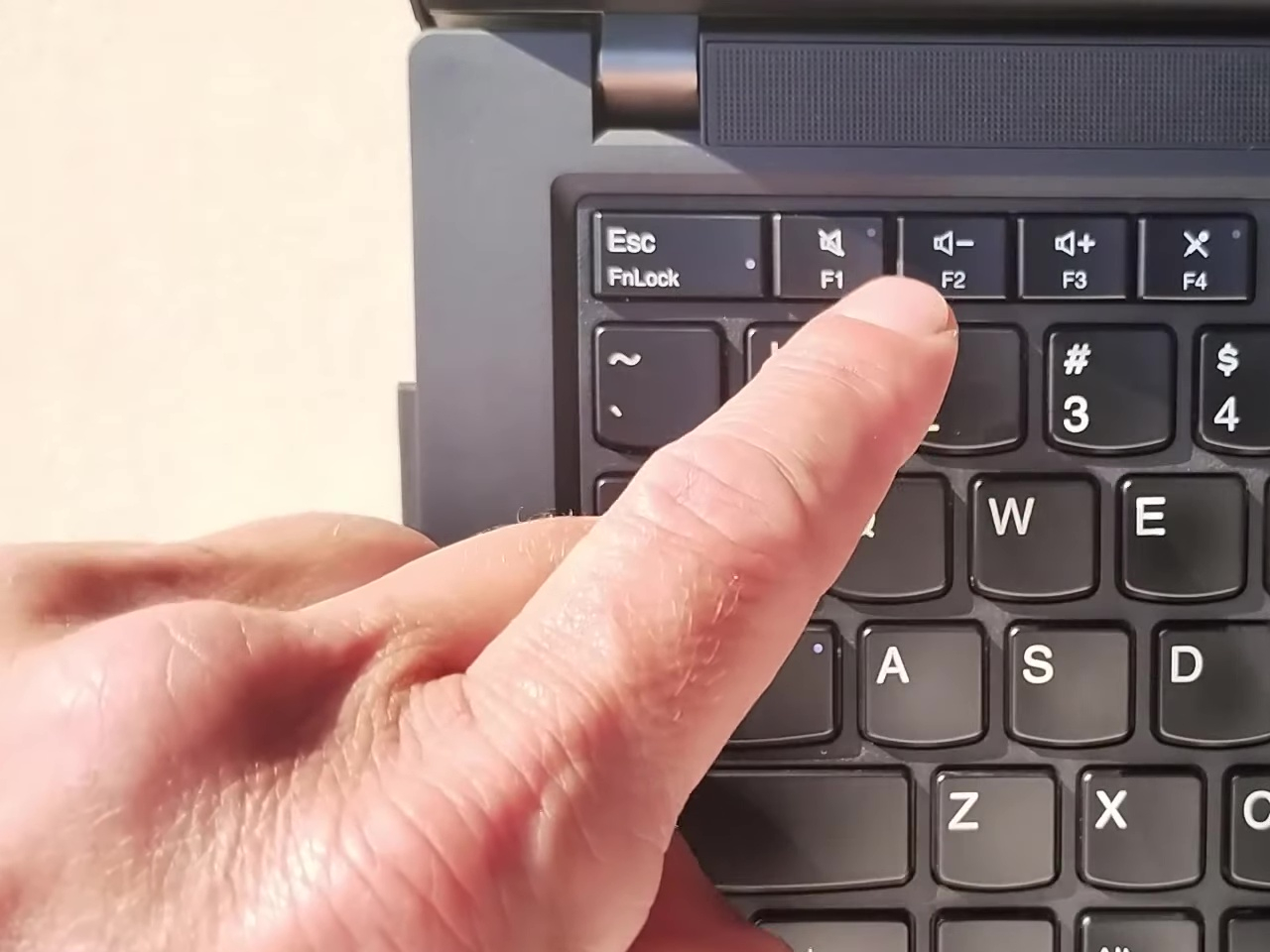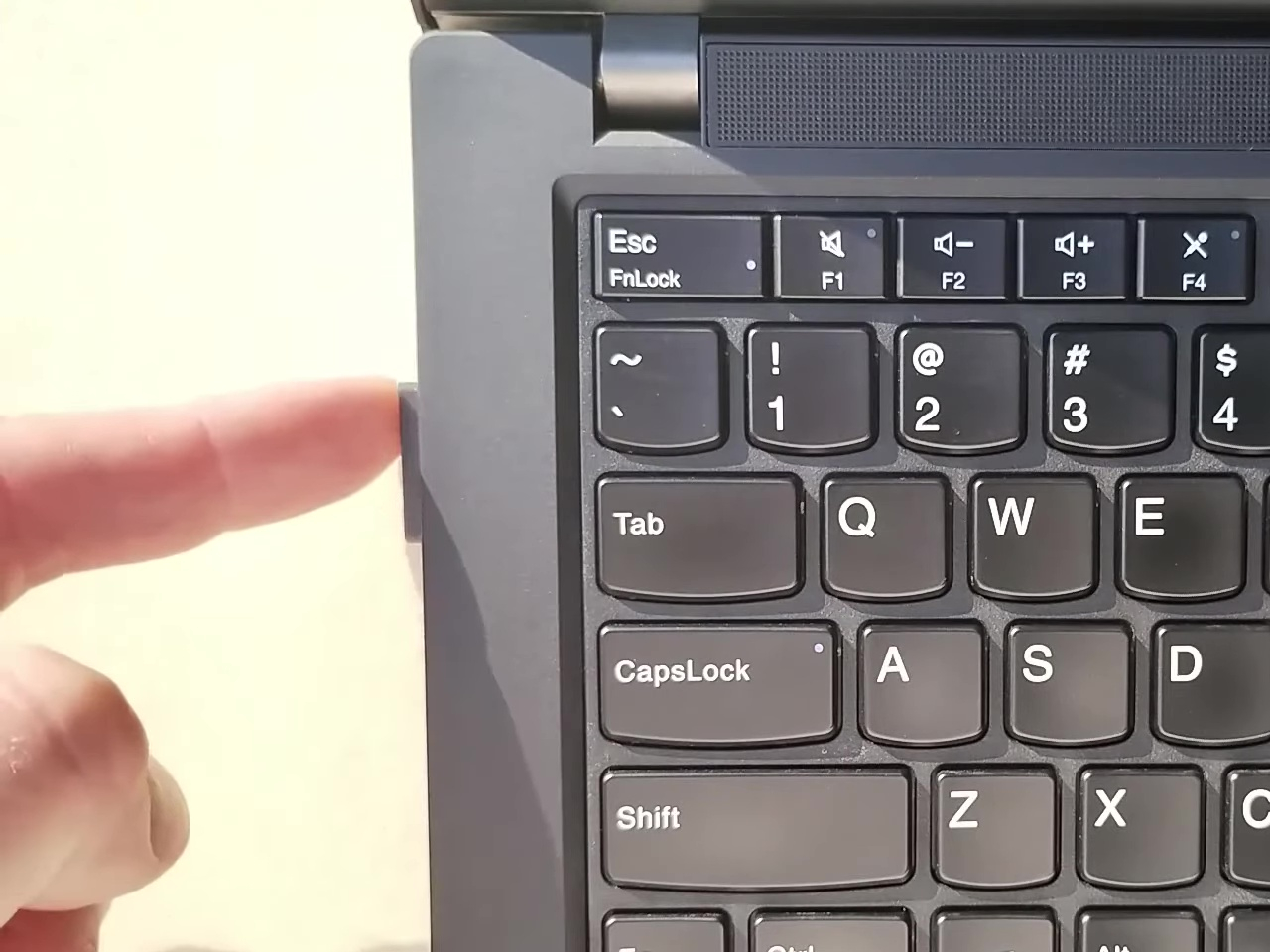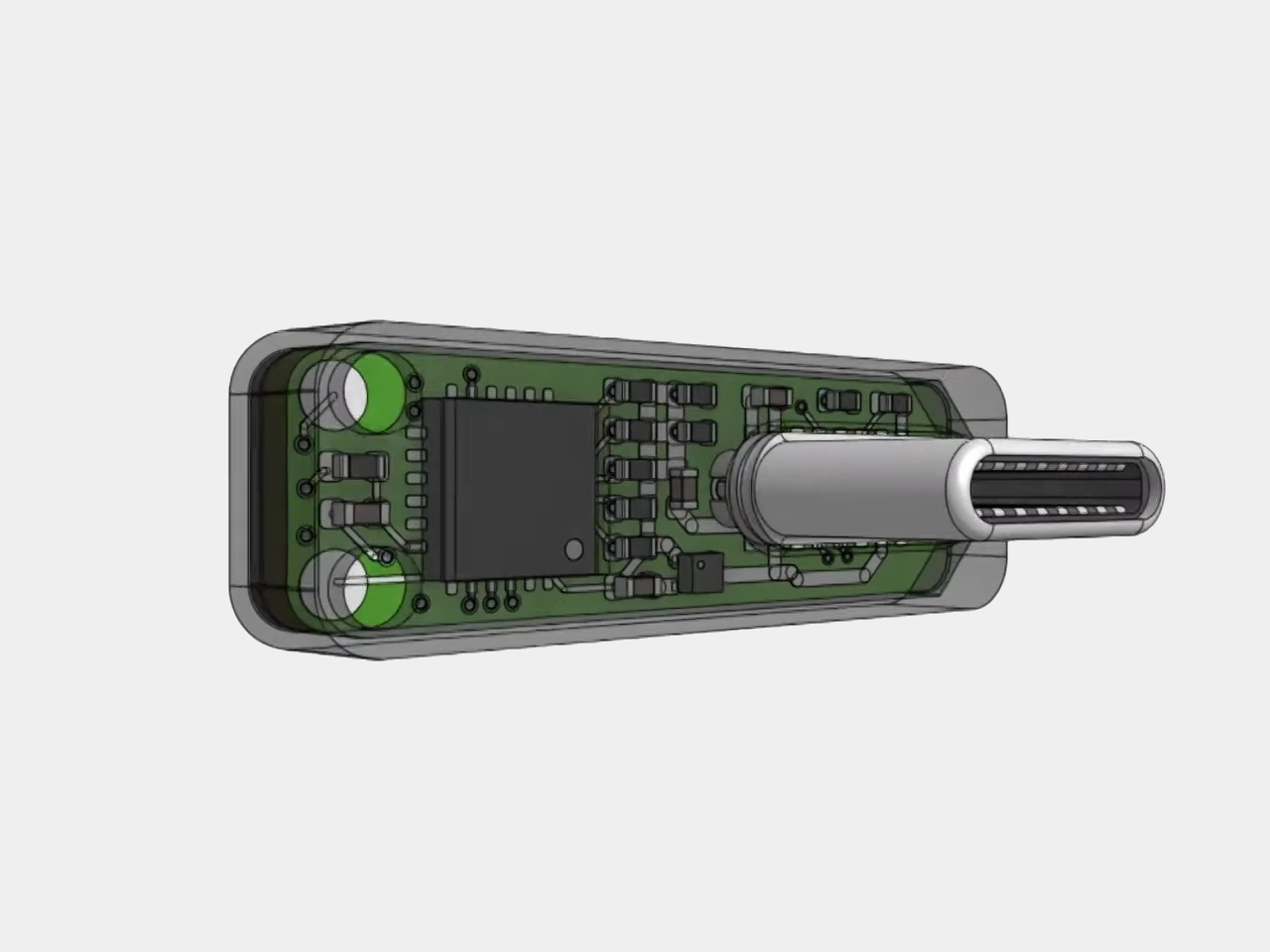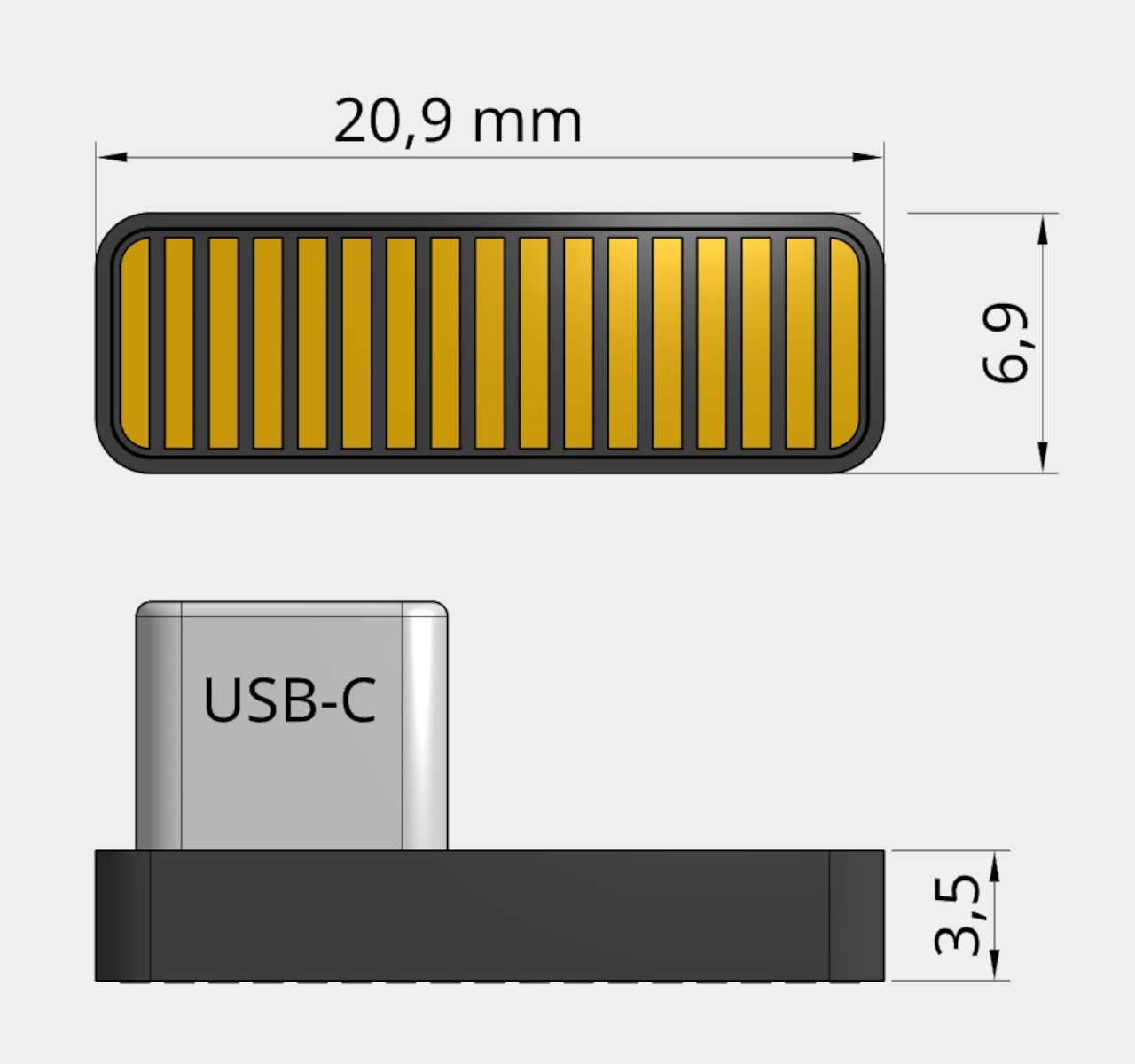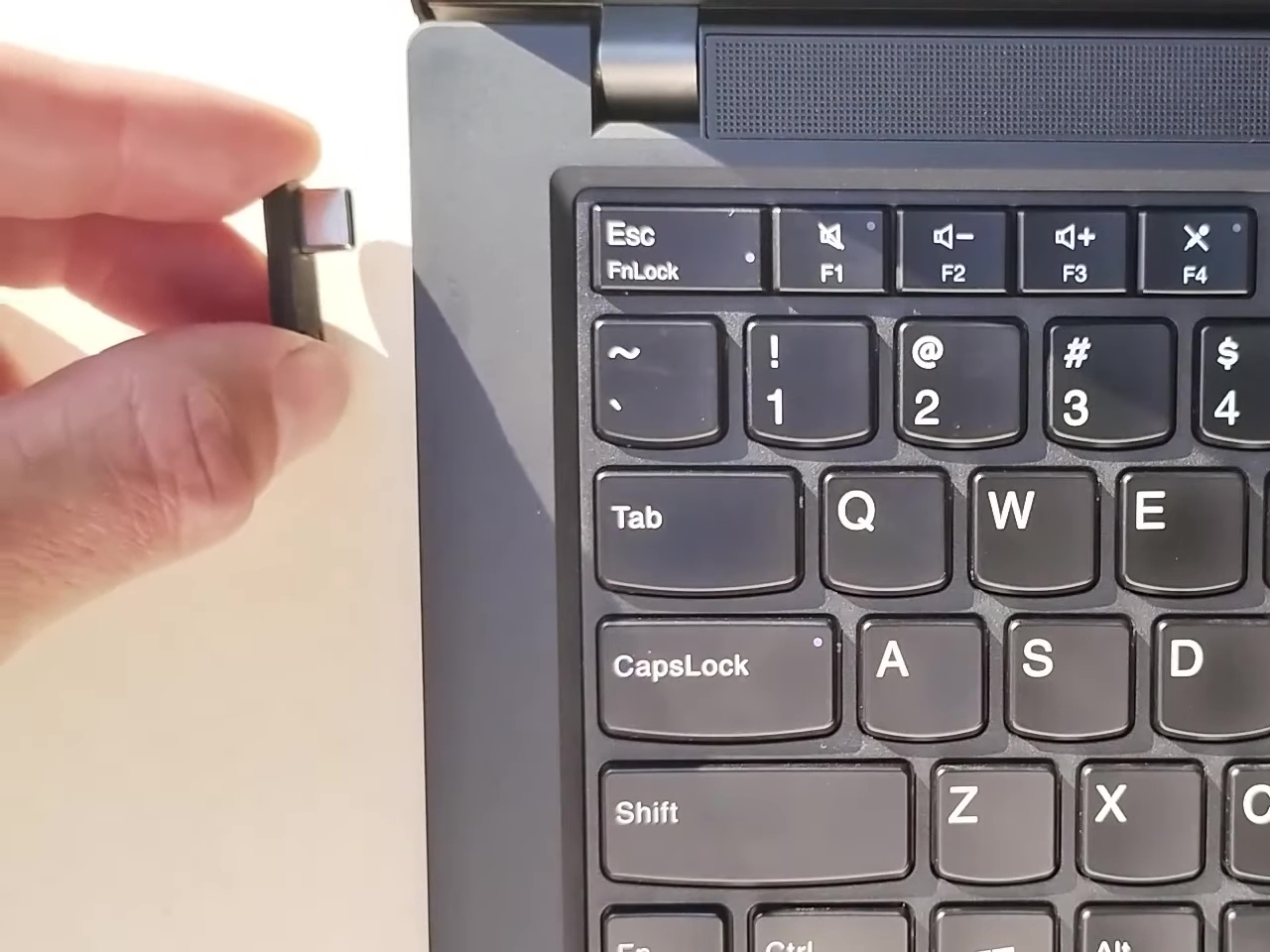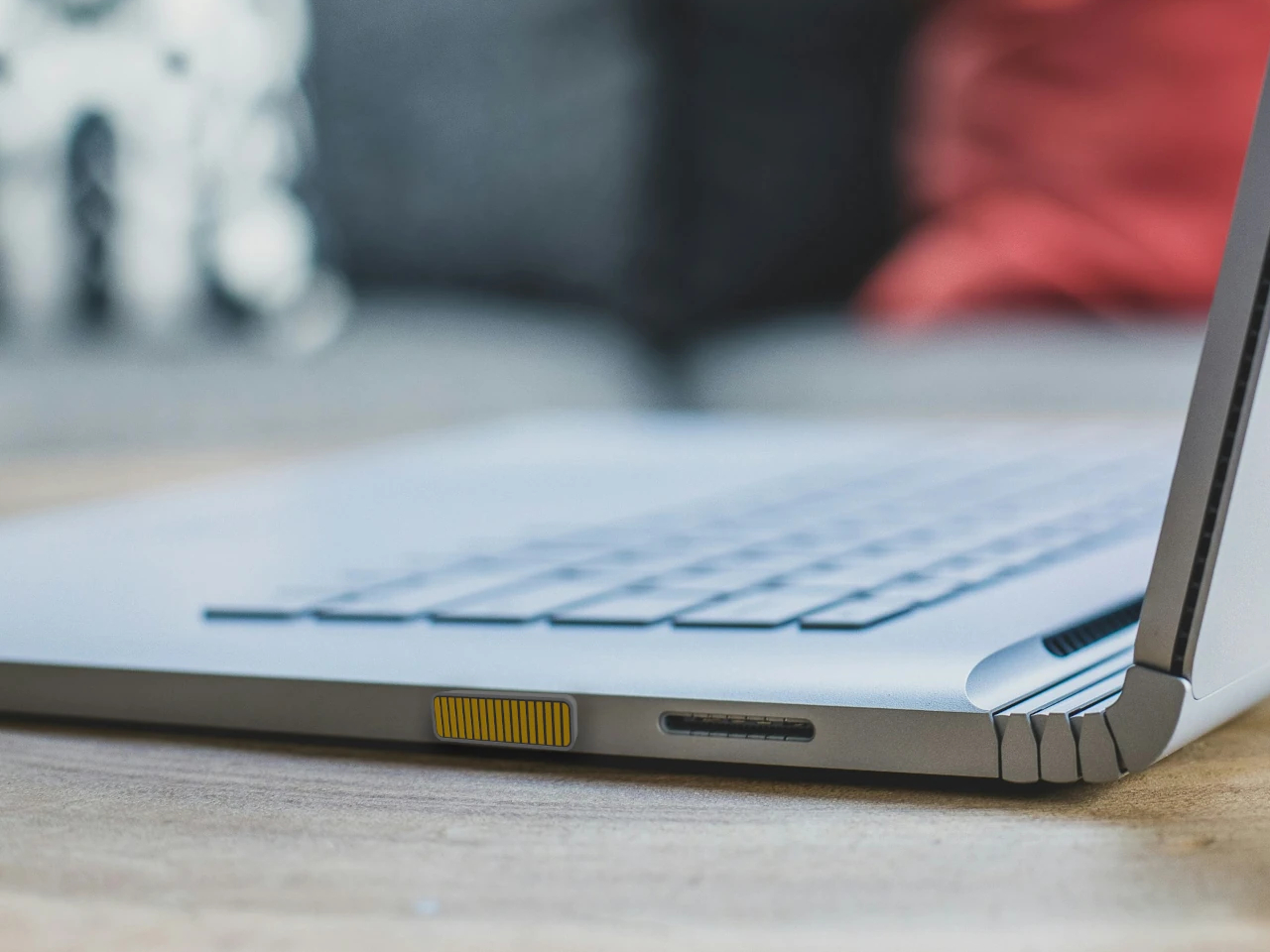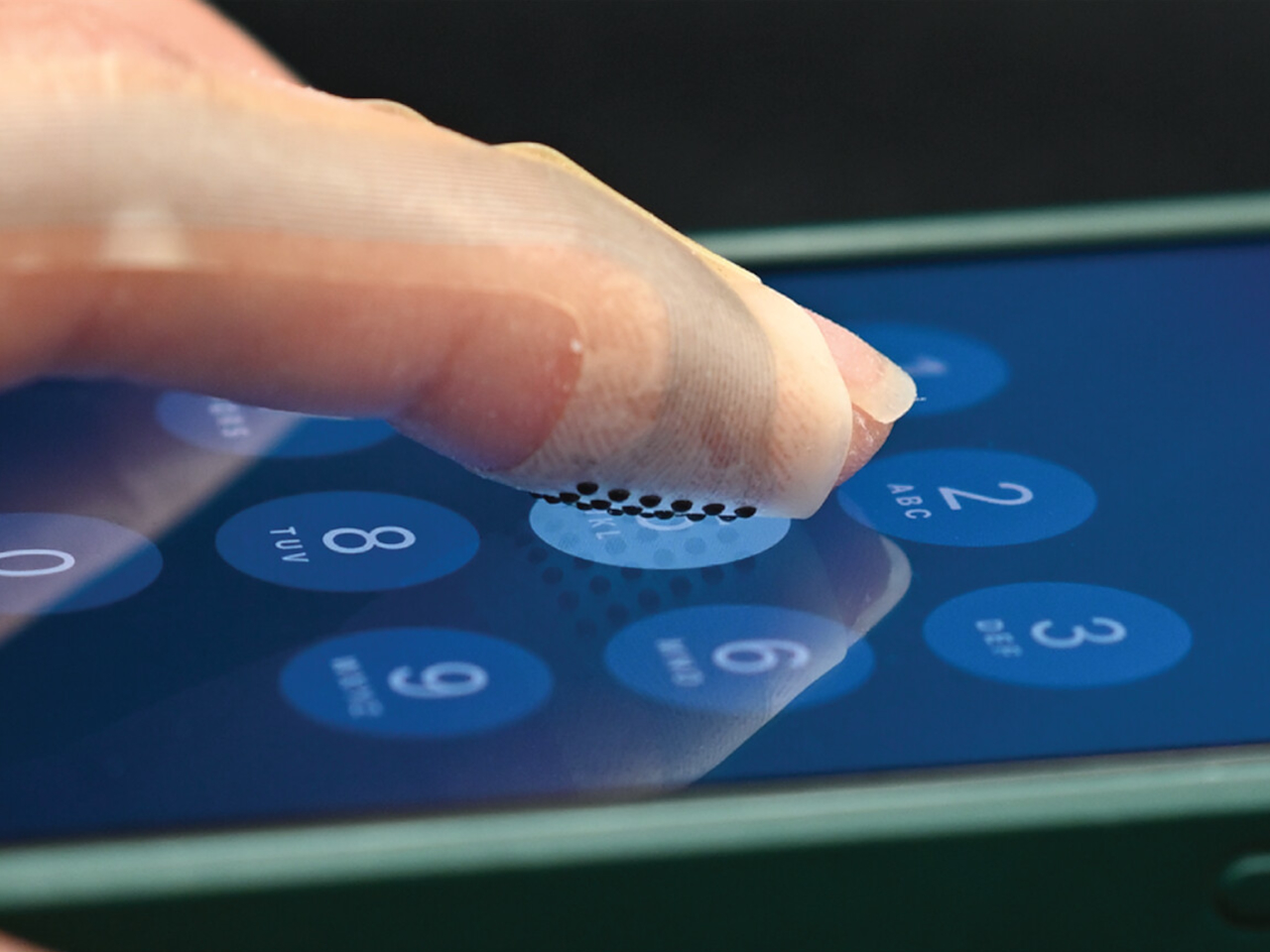
Screens and headphones already give us high-resolution sight and sound, but touch is still mostly limited to simple buzzes that tell you a notification arrived. That gap makes virtual experiences feel flat, even when the visuals are convincing. VoxeLite is a research project from Northwestern University that brings fingertip-level detail into digital touch, wrapped in a form factor closer to a bandage than a bulky glove.
VoxeLite is a transparent, stretchy patch that wraps around your fingertip like a thin adhesive strip. It’s only a tenth of a millimeter thick and weighs less than a paperclip, but it hides a grid of tiny soft domes that can be turned on and off individually. When you slide your finger across a surface, those domes add patterns of force that feel like bumps, ripples, or directional cues layered over whatever you’re touching.
Designers: Sylvia Tan, Michael A. Peskhin, Roberta L. Klatzky, and J. Edward Colgate (Northwestern University)
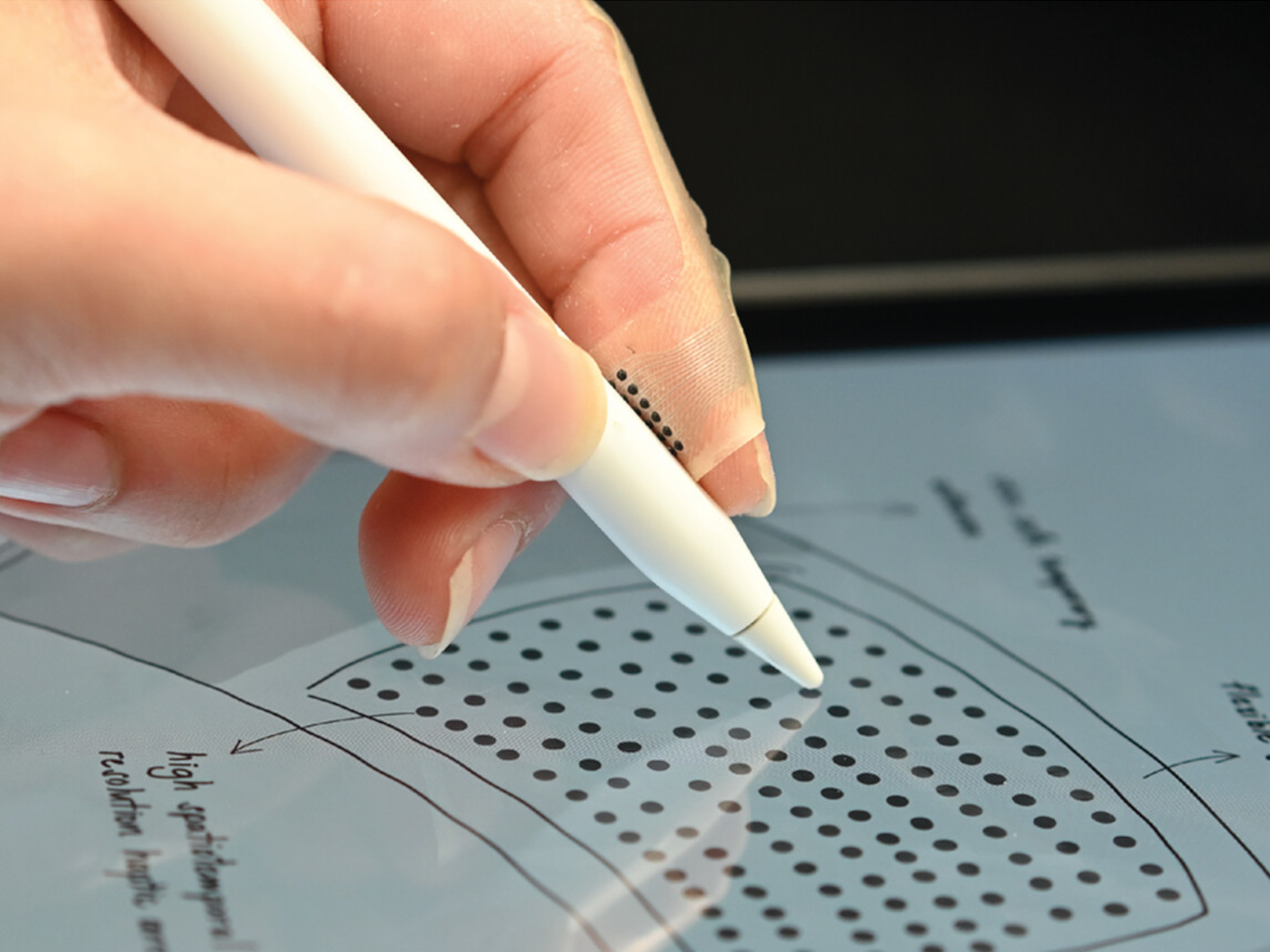
The experience works through tiny grabs and releases. As you move your finger, some of the domes gently stick and drag against the surface beneath them, creating little taps or tugs on your skin. Because there are many of them packed closely together and they can switch very fast, the system can draw small icons, arrows, or textures directly on your fingertip. That opens the door to touch-based notifications, tactile emojis, or invisible guides on flat glass.
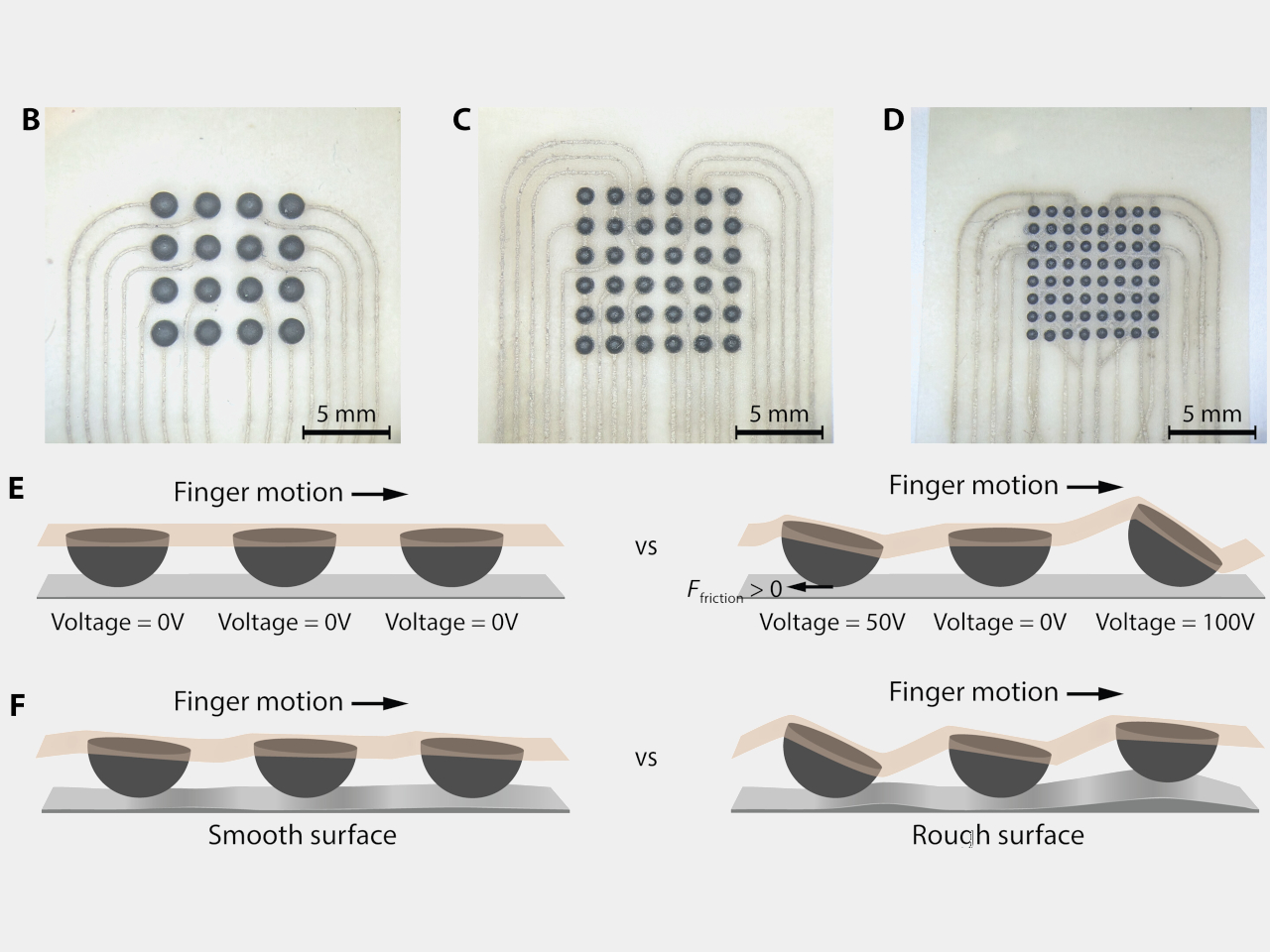
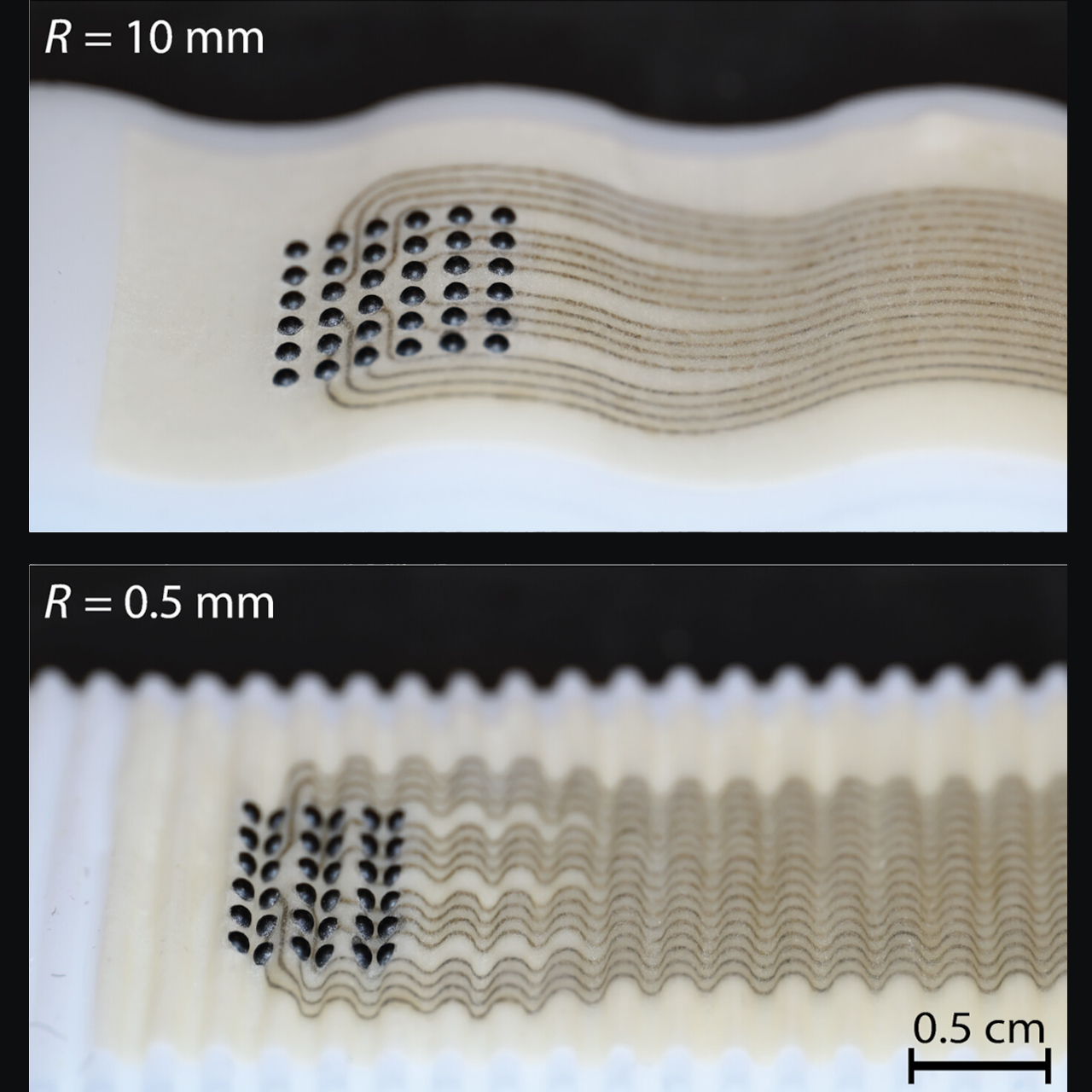
One of the most important design choices is that VoxeLite is meant to disappear when it’s not active. The soft domes compress and move with your skin, so you can still feel the real texture of a fabric, a button, or a tool handle through the patch. In tests, people could tell rough from smooth materials while wearing it, which is crucial if you want a wearable that stays on during everyday tasks.
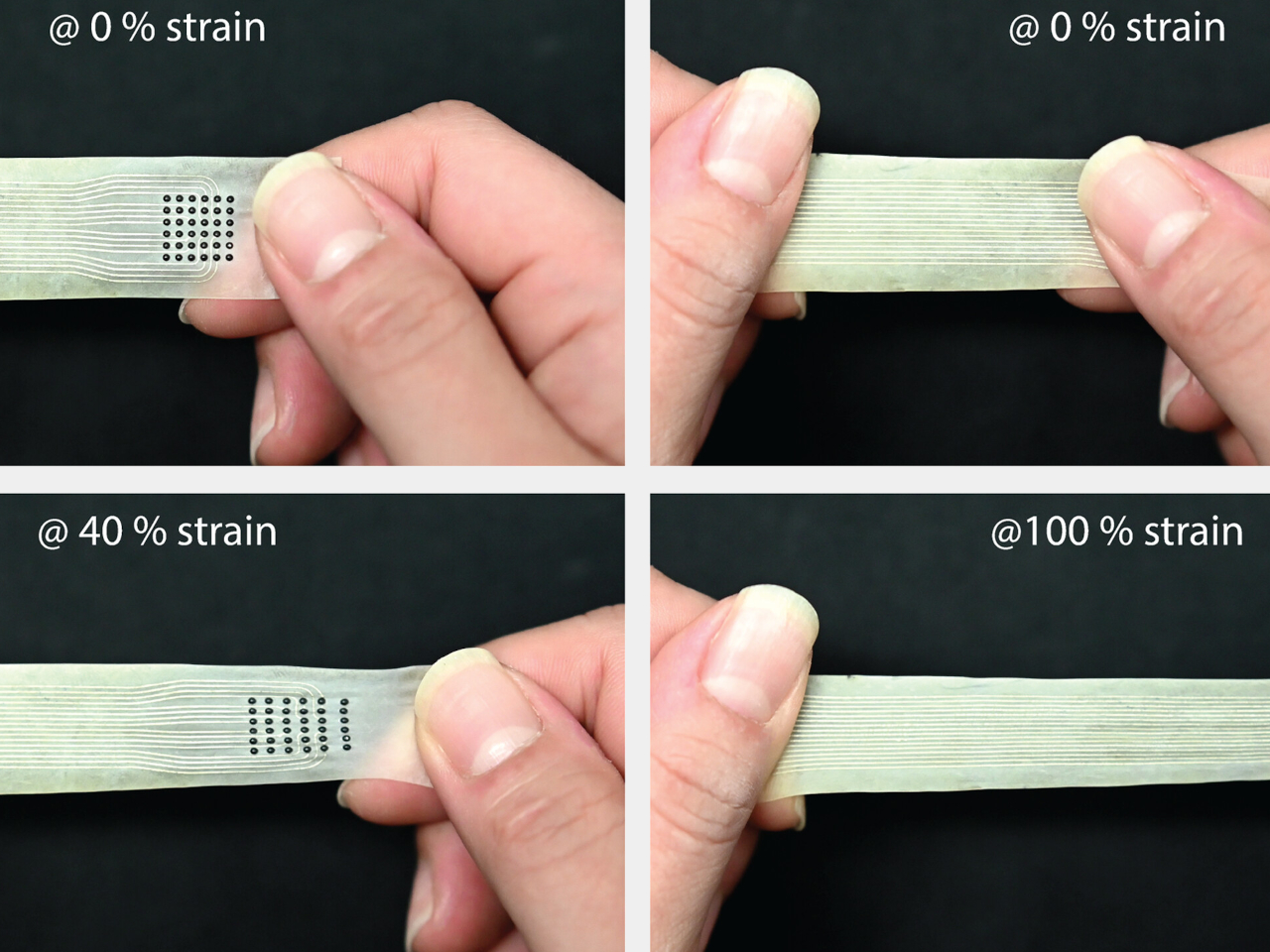
On touchscreens, VoxeLite could make virtual buttons feel different from each other, helping you find controls without looking. In AR and VR, it could add the grain of wood, the click of a dial, or the direction of a swipe gesture directly to your finger. For accessibility, it could help blind users trace contours, follow tactile arrows, or feel icons on otherwise flat interfaces that currently offer no feedback.
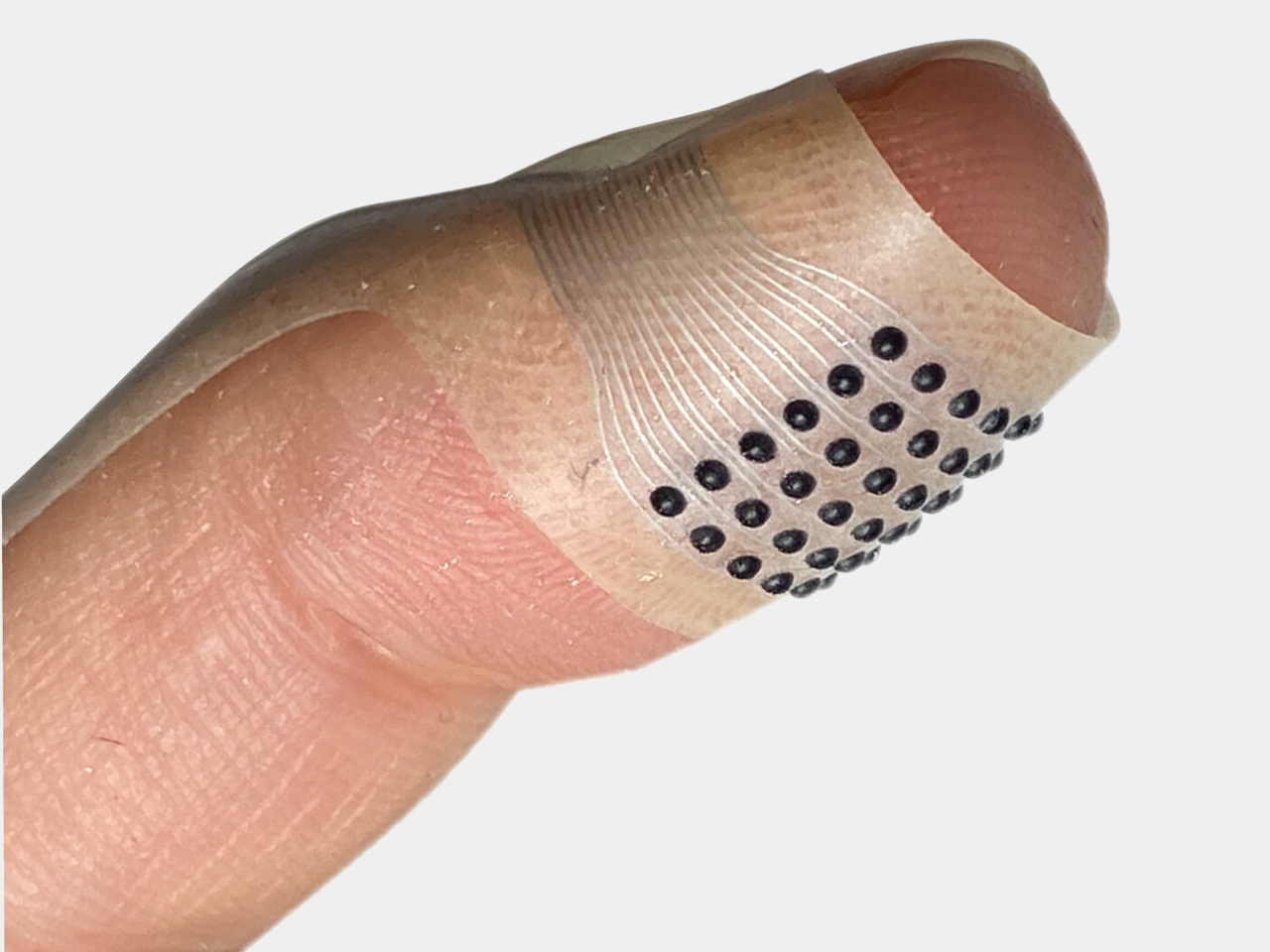
The research team pushed both how many tactile pixels they could fit and how fast they could update them. The densest version packs more than a hundred actuators into a square centimeter and creates sensations up to hundreds of times per second. In user studies, people could reliably recognize tiny directional patterns and different virtual textures, suggesting that the fingertip can receive surprisingly rich information from such a thin patch.
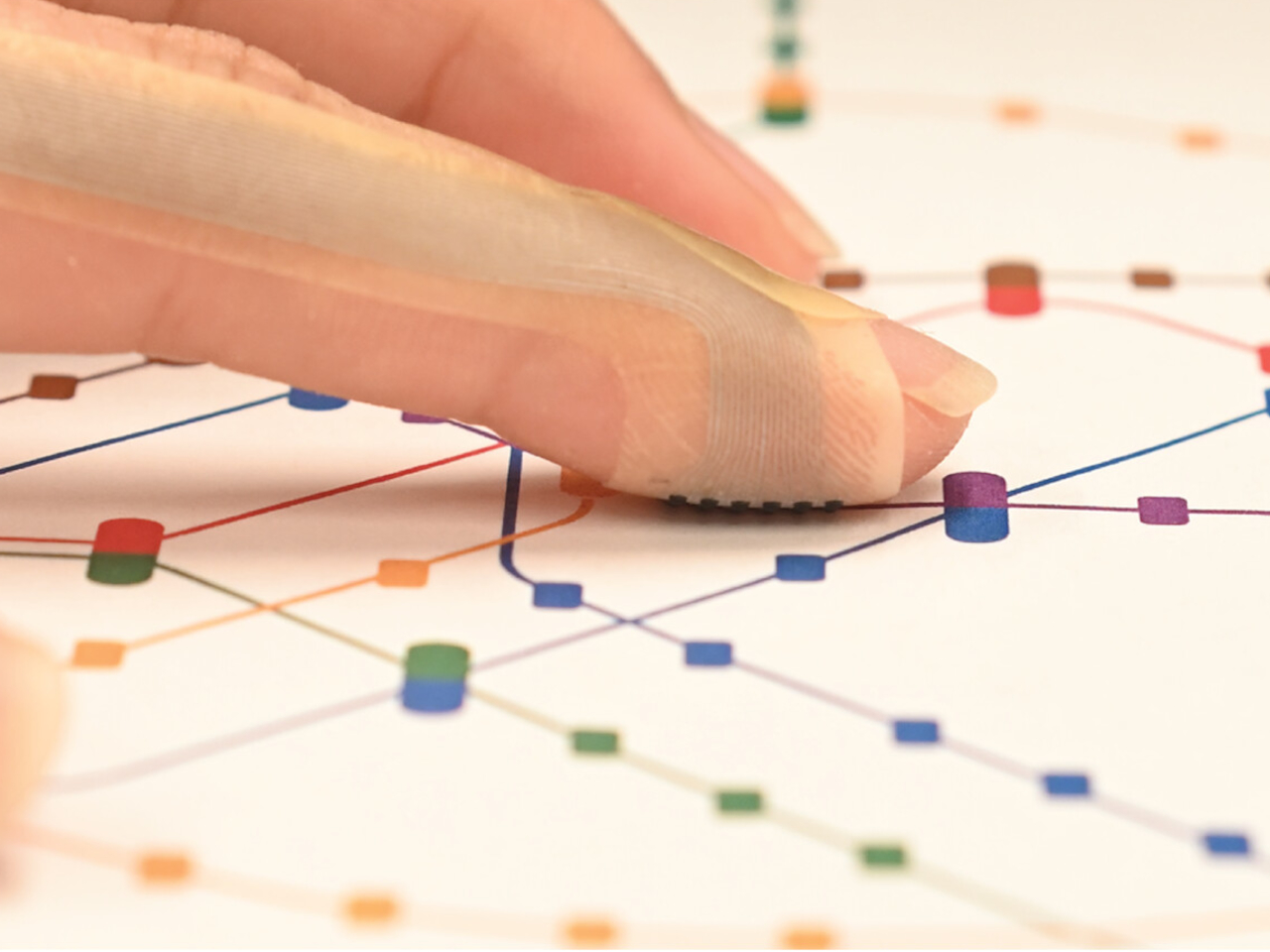
VoxeLite is still a lab prototype, tethered to external electronics and tested on single fingers. Scaling it up to multiple fingers, making it wireless, and figuring out the best patterns for everyday use are all open questions. It’s a glimpse of what it might feel like when our fingers can sense digital content as clearly as our eyes see pixels, turning touch into a first-class channel instead of an afterthought.
The post VoxeLite Is a Bandage-Thin Patch That Adds Textures to Screens first appeared on Yanko Design.
